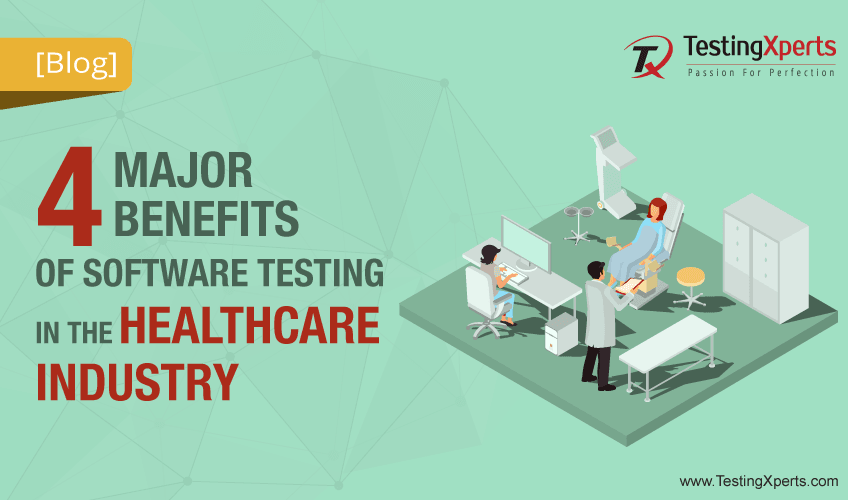
While attending the Eurostar Testing Conference last year in Copenhagen and on a recent visit to Silicon Valley in the US, I came across a question several times about the future of software testers and software testing companies.
- Are software testers the dinosaurs of tomorrow?
- Will software programmers perform testing going forward?
- Role of SDETs in the production of software
- Where lies the opportunity for software testers and software testing companies?
Are software testers the dinosaurs of tomorrow?
There is a growing sentiment that in the world of DevOps and Continuous Delivery, software testing as a discipline will merge with Development and there will be no need for specialist software tester roles. Will the software testers become extinct then?
The answer is NO! In fact, they are the future of tomorrow…
Software testing has become and will become even more important with the evolution of the software industry. Software testing has become an integrated part of the software development lifecycle and not an independent or separate activity as in the past.
In the world of Continuous Delivery of software, Testing is proving to be the weakest link. This is an exciting time for the testing industry to evolve and adapt to the changes happening in the wider world. The role of software testers is changing and will continue to change in the future.
Will software programmers perform testing going forward?
Programmers take pride in the software they write and do not have a testing mindset to break it. Hence, professional testers will always be required to ensure high-quality software.
A new breed of testers called SDETs – Software Development Engineers in Test – is coming to life. The SDET is part of the development team and participates in the complete development process from a testing standpoint.
Role of SDETs in the production of software
An SDET must be able to create high-quality, maintainable, and performant code. The code generally created by the SDET, however, is for automated test cases and the frameworks to execute and report them. An SDET’s knowledge of software design is often focused on testability, robustness, and performance, and they usually play a contributory or reviewer role in the creation of designs for production software. An SDET’s skill set will often include more experience in software testing processes and how to test software.
While the designers and developers of software architect the applications and write code to bring the software to life, the SDETs write code to automate testing of the software in parallel to ensure that the software is doing what it is supposed to do.
Primarily there are three parts in a modern software application: the front end – often called GUI; the middleware which mainly consists of APIs and web services; and the back end. Some of the components in the software do not have a face and need deep technical knowledge and expertise to test them. In addition, SDETs enable continuous testing by bringing process lifecycle automation and creating CI/CD pipelines within a software project.
Where lies the opportunity for software testers and software testing companies?
I am an optimist by nature and see opportunity in any adversity. While the pessimists see the evolution of the software industry from the traditional waterfall and agile to continuous delivery as the demise of the Testing industry and testers, I see it as the greatest opportunity of all time.
Every organization in today’s competitive business world is looking to hit the market faster than their competitors to get the first-mover advantage and continually improve their products/ service offerings within a shorter span. In order to make that possible, every organization is aiming for continuous delivery of software which makes continuous testing and test automation an integral and important part of the software development lifecycle.
At the Eurostar Testing Conference, there were multiple Test Automation Product companies demonstrating their products and the customers were pulled in all directions. These are world-class products but every customer has specific needs and one size cannot fit all, making the life of IT leaders even more difficult in deciding what is best for their organization. Hence the need for Specialist Continuous Testing companies and professionals who have worked with diverse technology/ tool landscapes and domains will continue to increase. Only the specialists having experience of working on a variety of automation tools in the market will be able to guide enterprises on their Automation Strategy, Tool selection and implementation of Continuous Testing.
I see the industry standing at an inflection point, transitioning from the ‘old’ way of doing testing to the ‘new’ age of modern testing. The need for today’s testing companies and testers is to be ready for the future by re-skilling themselves and companies who make this move quicker than others will survive and thrive.
Manish Gupta is a Serial Entrepreneur with year after year success achieving revenue, profit and business growth in various ventures globally over the last 23 years in International, Multi-cultural environments. He co-founded Damco Group in 1996 with the vision of enabling enterprises to leverage technology for business growth and success and started operations across US, UK, Europe and APAC with revenues in excess of $55M. Manish founded TestingXperts in 2014 with a vision to create the world’s largest and most trusted QA and Software Testing organization with a focus on quality, innovation and satisfied employees & clients.
This post was first published at:
http://www.sourcingfocus.com/site/featurescomments/are_software_testers_the_dinosaurs_of_tomorrow/
Discover more
Get in Touch
Stay Updated
Subscribe for more info




